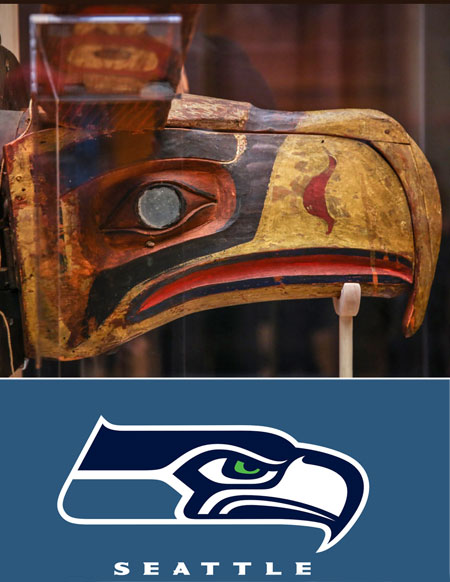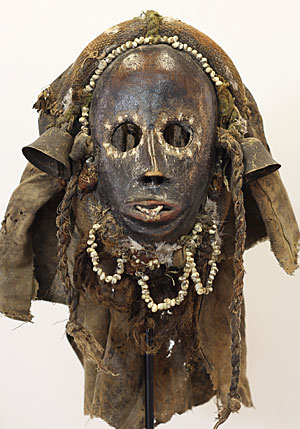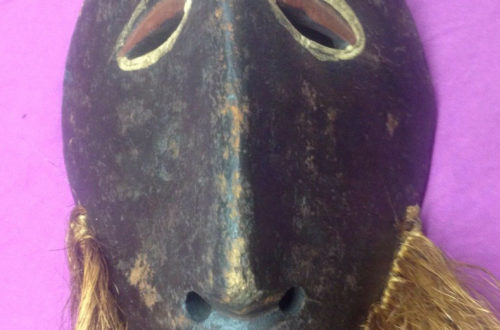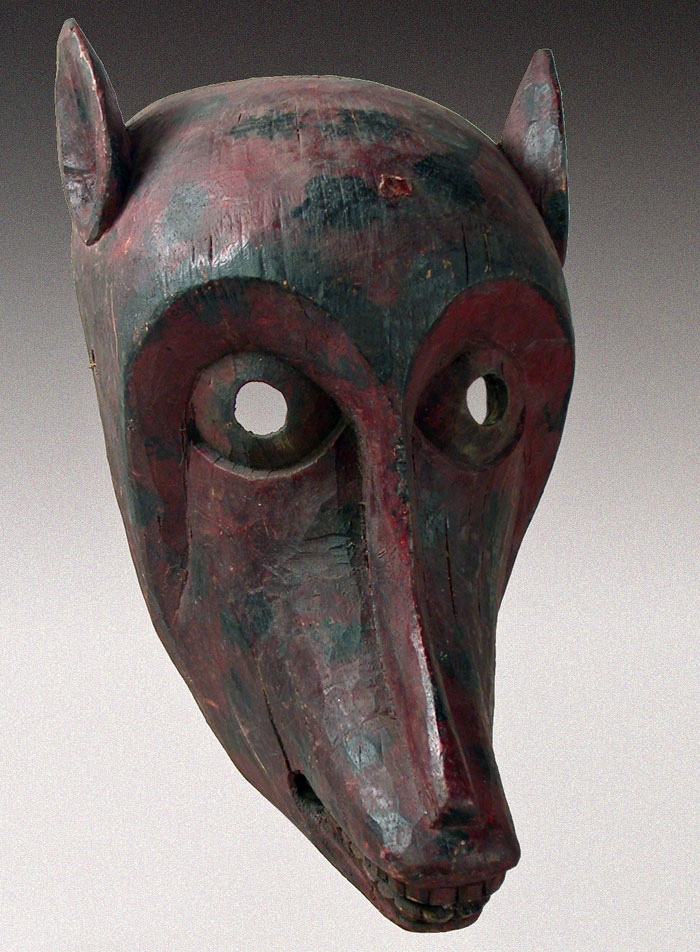
A friend sent me the following story. The two images are of the sea hawk, an impressive predator from our north west coast. One was created by an Indian carver who lived there about 200 years ago, and the other was designed recently by a Seattle artist. Does this comparison suggest anything? It tells me that folk art is always evolving. What do you think?
Seattle, WA– The mask that inspired the original Seahawks logo will be on display at the Burke Museum starting this Saturday. Historians trace it back to the Kwakwaka’wakw people of Vancouver Island.Likely made in the late 1800s, it’s a transformation mask used in ceremonial dancing to represent their ancestors taking human form. For years, the mask’s been on the opposite coast, traded from one art collector to another. Finally, it ended up at the University of Maine’s Hudson Museum where someone noticed it looked a lot like the Seahawks logo.
It wasn’t until the Hawks Superbowl win that interest sparked a hunt for the team logo’s history, and the Burke Museum in Washington learned of the mask in Maine. “A painted line that comes in front of the eye and back around the corner of the mouth…and especially the eyelid lines that are slightly open at the corners,” said Burke Native American Art Curator Robin Wright. “All those things matched perfectly with the mask.”





One Comment
Chris
Whether the origin of the Seahawks logo or not, to me it is just wonderful to see how the Northwesterners could and still can catch the main lines and features of the powerful and meaningful animals of their natural and spiritual world, putting them into three dimensional pieces of wood in an immediately recognizable style. Especially the transformation masks are situated at the very edge of what can be done with a mask in terms of technical and cultural complexity – really inspiring.